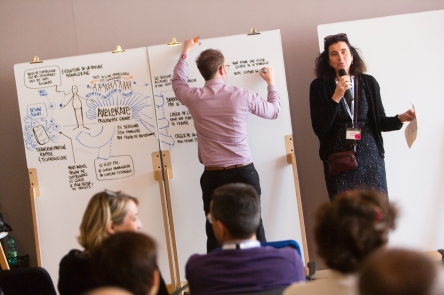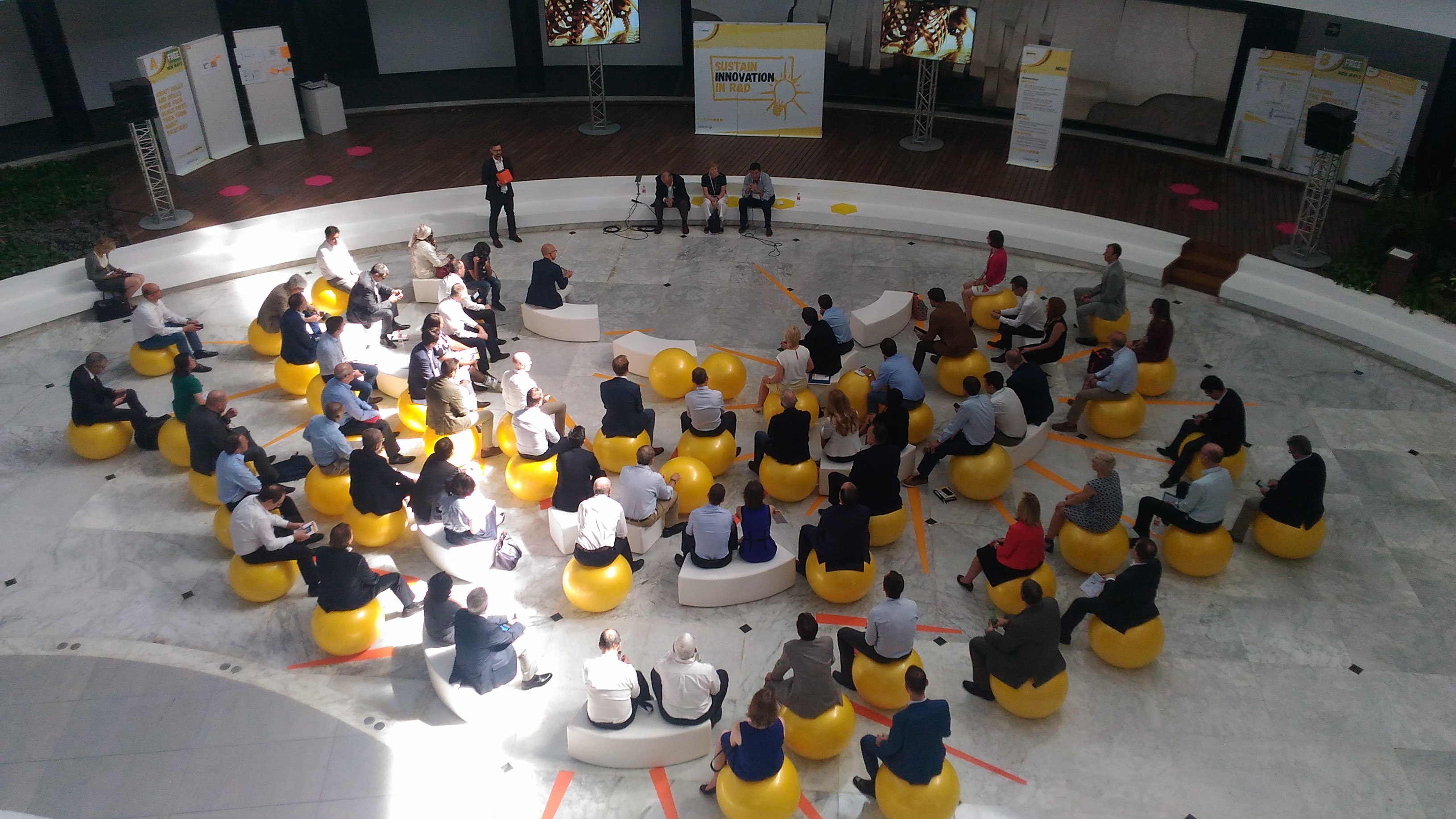Julien Goby is the founder of Wild is the Game, initiated 10 years ago. Passionate facilitator, his ambition from the start was to build a structure in which learning and perfecting the profession of facilitation are a priority. Among the pioneers of the profession in France, he strives to ensure that Wild is the Game remains a craftsman of the profession, well done and well used.
Julien and Gaspard Michelin, facilitator at Wild is the Game, kindly accepted to answer my questions about the art of facilitation, and their unique framework to let creative workshops of 300 participants land into an actionable workplan.
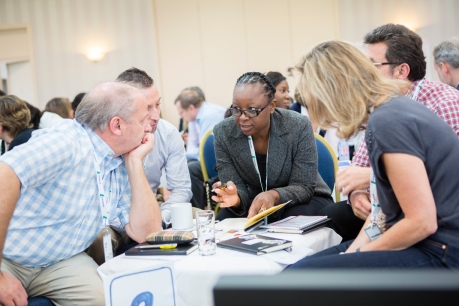
1) Could you tell us what is the value proposition of Wild is the Game? Why did you choose this uncommon name?
We help leaders who gather large groups and need to make the most from this moment.
Workshops, seminars, conventions, whatever the format, when they aspire to make this moment productive, we design and facilitate the meeting.
We facilitate decisions, communication, training, visualization.
50% of our value lies in the preparation of the meeting with our client (definition of the objectives, alignment of the stakeholders, expected outputs, etc…) upstream the d-day. The other 50% is in the quality of the delivery phase (work environment, rhythm, group flow, sequences, etc…).
Our collaborative workshops are rhythmic and fun, but they are above all intense and productive. Collaboration is a strong lever for decision, transformation and robustness.
The name Wild is the Game does not have a single underlying explanation. Let’s say that facilitating a large group of homo sapiens is a bit like PLAYING with a curious animal, “the group”, which often behaves WILDLY.
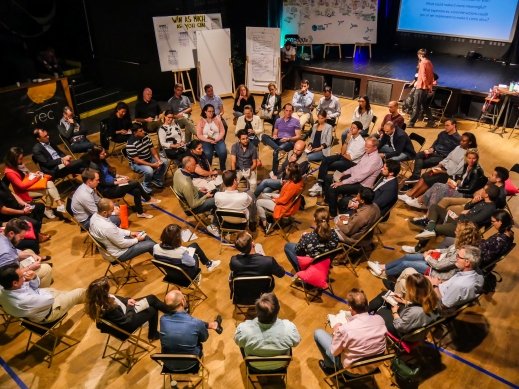
2) What recent customers assignments illustrate your know-how? (executives’ strategy, employees engagement, peer-to-peer transformation, hacking of traditional meetings…)
Our clients and their contexts are very different. But here are 3 examples:
- We recently helped the CEO of Veolia to make his Codir meeting more collaborative, and productive to work on the future strategy of the group.
- The CEO of the biotech Nanobiotix needed to be supported in his annual convention because the context was very specific for the startup, and the process had to be robust.
- With the Director of Canal+ International, it was another story: their need was to reinvent the exchange of best practices with 20 country directors of Africa.
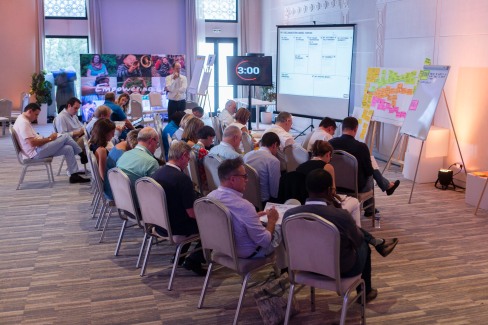
3) You’ve developed a specific methodology to facilitate large workshops, involving 200 to 300 people: could you share with us the main steps, Scan, Focus, Act? How do you ensure that this type of ideation, involving many people, produces a decision, and an actionable plan? What is your magic wand?
It’s impossible to summerize this approach in a couple of lines. Books have been written on this methodology ! It goes back to Matt and Gael Taylor work in the 80’s. And It took thousands of workshops to figure out what works and what does not. We cherish this legacy.
Efficient workshops are like a tasty dish you want to share for a very special occasion. You need a good recipe (methodology), but you also need a good cook (designer), great ingredients (participants, inputs, leadership) and the right tools (logistics, team, and levers of facilitation). We can make great designs because there is a strong corpus of good practices so when we design, we know that we have the expertise to make it happen in real life.
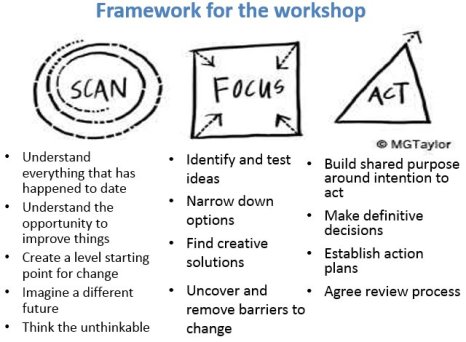
Great designs are made of short iterations, as many sub-groups working in parallel as possible, and are never conclusive before the Act phase. The key is the Focus phase where participants look at the problem and play with the solutions through as many angles as possible. The Scan phase only prepares the group to be efficient during the Focus phase.
4) What is the typical time frame of your assistance? How many days for each stage: preparation / agenda design, facilitation, post-workshop conclusions?
The best context is when we can have 5 meetings to co-design the workshop with the clients, one every 7 to 10 days, before the seminar.
Then we spend one entire day on site, the day before, with the facilitation team and the sponsors to refine and get ready for D-Day. Design and preparation accounts for more than 50% of our value.
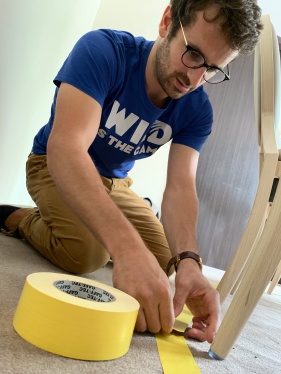
However, it’s not always possible, and we sometimes reduce the preparation to 2 to 4 meetings. It really depends on the context.
We have also designed specific formats for specific contexts that we can deliver with less than two meeting of preparation.
5) How do you handle the multilingual multicultural challenges, when participants come from various countries?
Surprinsingly, it impacts the design phase only at the margins, and when the sponsors points it out as a potential difficulty. And of course, during the delivery phase, the facilitation team must be familiar with this kind of context. But there is a lot of toxic assumptions and clichés on this matter. In a workshop, you see homo sapiens with their culture but also their own personality, their social status, their language, their professional skills, their hierarchical rank, their age, their gender, their background in the organization. And that’s what we play with.
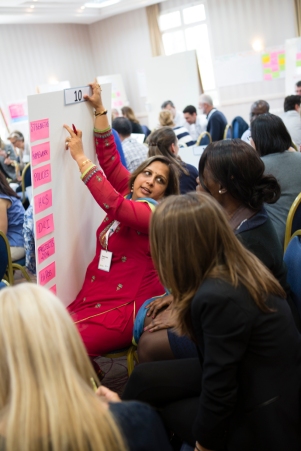
6) How do you differentiate from the blossoming facilitation offering, for instance from the trending Design Thinking workshops?
When the only tool you have is a hammer, you tend to see every problem look like a nail head. We are good at helping client avoid the mistake of following trends because it is sexy. Our genuine method suggests to play with the Design Thinking/Lean Startup/ Agility tools to better embrace the company’s culture rather than be attached to one methodology.
Our collaborative process focuses on efficiency. We are the only pure player agency in terms of facilitation, and our 10 years experience allows to take advantage of large groups (20-500 people) with complex issues. We play with a clever mix of top-down, bottom-up and peer to peer.
